Sometimes, it seems like animals have a sixth sense when it comes to predicting natural disasters. You’ve probably heard stories about animals acting strangely right before an earthquake or a storm. Well, there’s more to those stories than just folklore. Animals are often more in tune with the environment, making them sensitive to changes that humans may not notice until it’s too late. Here are 14 fascinating times when animals seemed to know something big was about to happen before we did.
1. Elephants Fleeing Before The 2004 Tsunami
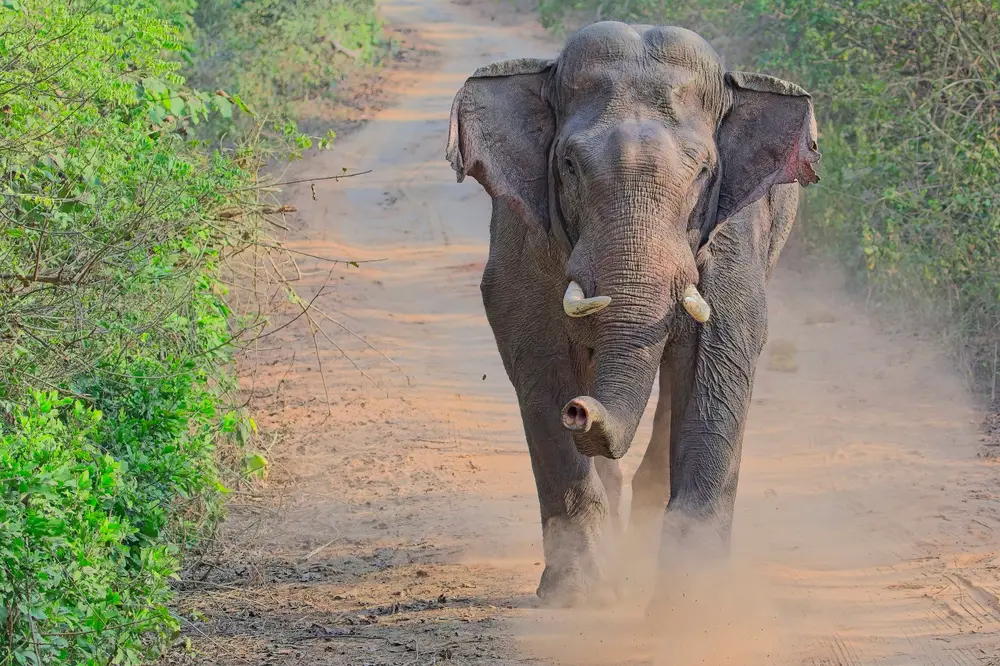
In 2004, before the devastating Indian Ocean tsunami, people in some areas noticed elephants behaving erratically. In Sri Lanka, elephants began running inland, away from the ocean, long before the tsunami struck. According to a study conducted by Caitlin O’Connell, an elephant communication expert, elephants can sense vibrations through their feet, which may alert them to distant earthquakes or tsunamis. These massive animals somehow knew to seek higher ground, possibly saving their lives in the process. It was a clear sign that they sensed something humans didn’t.
Humans, on the other hand, were caught off guard by the disaster. The signs weren’t obvious to us, but the elephants’ behavior serves as a reminder of the natural world’s hidden signals. You might wonder: how much could we learn from paying closer attention to animals? They seem to have a natural intuition for things we often rely on technology to predict. It’s a humbling thought that, in some ways, animals are ahead of us.
2. Dogs Barking Before A Quake

You’ve probably heard dogs barking at what seems like nothing, but sometimes, there’s more going on than meets the eye. In 2011, just before a series of earthquakes hit the Lorca area in Spain, dogs in the region began barking frantically. Residents noticed this unusual behavior and wondered if their pets were sensing something. Indeed, dogs have a remarkable ability to sense seismic activity before it strikes. Their keen senses might pick up on vibrations in the ground or changes in air pressure that are invisible to humans.
This isn’t just a one-time occurrence. There have been numerous reports of dogs acting strangely before earthquakes, prompting researchers to study this behavior further. Whether it’s more about heightened senses or a unique intuition, dogs seem to know when something is off. If your dog ever starts acting out of character, it might be worth paying extra attention. Sometimes, their instincts could be a warning you don’t want to ignore.
3. Catfish Going Wild
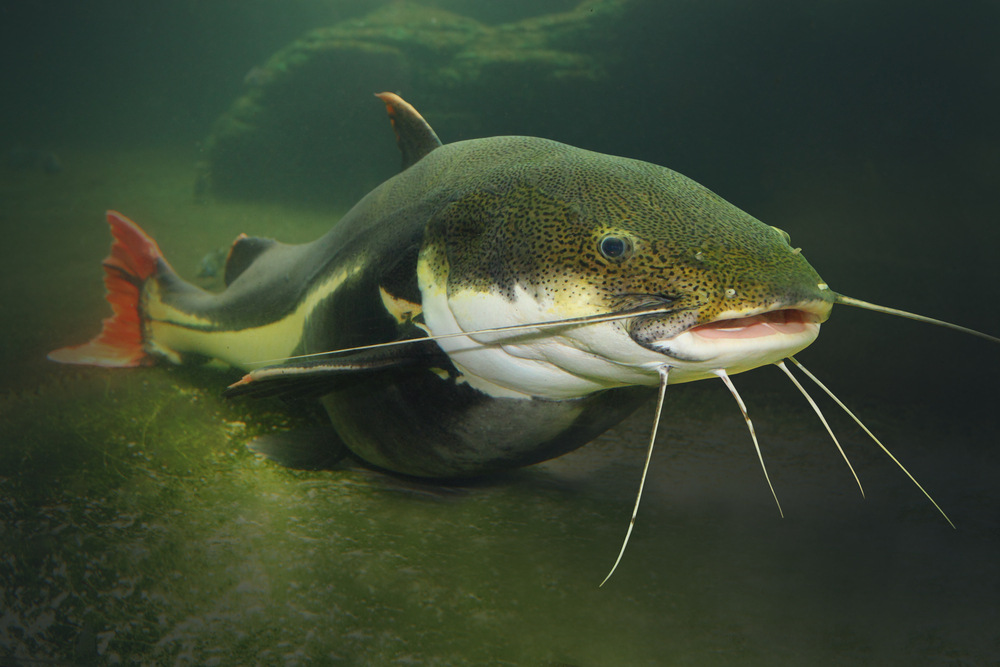
In Japan, catfish have long been thought to predict earthquakes. Just before the 2011 TÅhoku earthquake, some people reported seeing catfish behaving unusually, swimming erratically, or surfacing more than normal. Scientists like Dr. Satoshi Yamazaki from the National Research Institute of Fisheries Science have studied how these fish respond to changes in the Earth’s magnetism, which can shift before earthquakes. This behavior has been documented throughout history, sparking curiosity about how exactly these creatures sense impending danger. Could it be a mix of water pressure, vibrations, or something else entirely?
The connection between catfish and earthquakes is still under investigation, yet it’s fascinating how such age-old wisdom might hold scientific merit. These underwater dwellers seem to have a way of detecting changes that baffle human technology. If catfish could talk, they’d probably have some interesting things to say about the state of the Earth. It’s a reminder that sometimes, traditional knowledge has a basis in reality. Perhaps the next time you see catfish behaving oddly, you might want to brace yourself.
4. Birds Fleeing En Masse

Birds are known for their migratory patterns, but sometimes they take off when you least expect it. Before the 1975 Haicheng earthquake in China, residents witnessed birds leaving the area in large numbers. This mass exodus occurred well before any human-registered signs of the quake appeared. Birds have acute senses, and some researchers believe they may detect changes in air pressure or hear low-frequency sounds that precede earthquakes. When you see birds acting out of the ordinary, it’s worth paying attention.
It’s not just in Haicheng where birds have shown this behavior. Similar reports have surfaced in other regions prone to natural disasters, making it a phenomenon worth studying. Interestingly, while technology has advanced, we still can’t fully predict earthquakes with precision. Perhaps watching the behavior of birds can offer an additional layer of insight. After all, nature often has its way of warning us if we’re willing to listen.
5. Toads Leaving Their Ponds

Toads are not typically animals you’d associate with predicting natural disasters, yet they’ve surprised experts in the past. Just days before a major earthquake struck L’Aquila, Italy, in 2009, researchers noticed a large number of toads abandoning their ponds. Rachel Grant, a researcher from the Open University, published findings suggesting that toads may sense chemical changes in groundwater linked to seismic activity. This discovery added to the growing body of evidence that animals have unique ways of sensing environmental shifts. Toads leaving their safe, watery homes were a clear signal that something was amiss.
While it might seem odd to pay attention to toads, their behavior turned out to be a reliable indicator of upcoming danger. It’s a great example of how sometimes, the most inconspicuous creatures have important stories to tell. When you see a sudden change in nature, it might be worth considering what it could mean. It’s fascinating to think about how much more we have to learn from the animal kingdom. Their instincts might just be the early warning systems we need.
6. Bees Abandoning Their Hives

Bees are typically hard workers, but when they abandon their hives, it might be a sign of trouble. Prior to the 2016 earthquake in Kumamoto, Japan, local beekeepers noted that their bees suddenly left the hives en masse. This unusual behavior puzzled many, as bees are not known to venture far from their colonies without reason. The disruption in their routine was a signal that something in the environment had changed. Researchers believe bees can detect changes in the Earth’s electromagnetic fields, which could explain their sudden departure.
Interestingly, bees are sensitive to many environmental changes, and it’s not uncommon for them to respond to pollutants or other disturbances. Their abandonment of the hives was an early indicator that something was off in Kumamoto. If you’re someone who pays attention to the natural world, bees can offer valuable insights into what’s happening around us. When they start acting differently, it’s worth taking note. It might just be a heads-up about what’s to come.
7. Rats On The Run
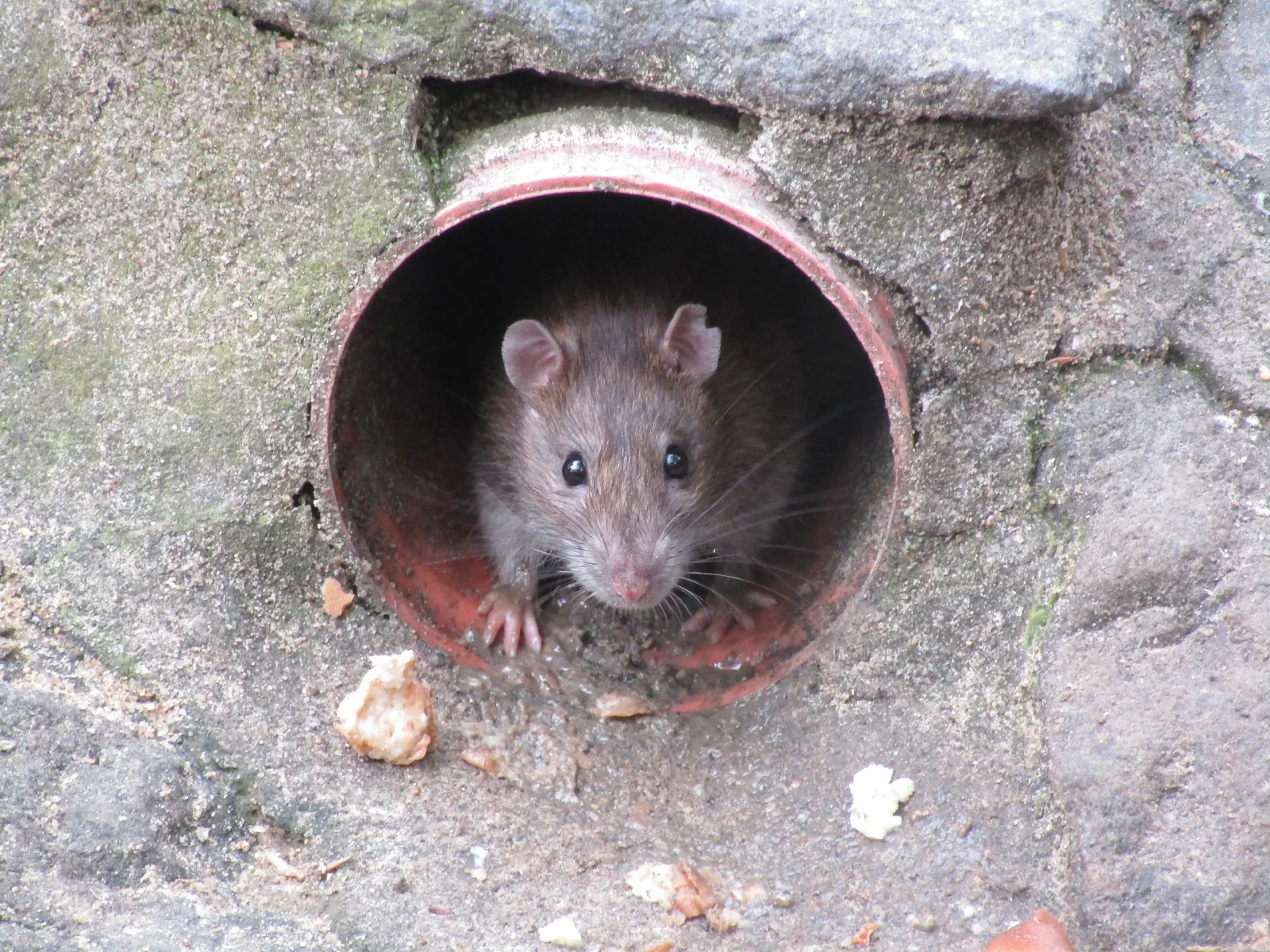
Rats are often considered pests, but they have an uncanny ability to detect danger. In 1923, before the Great Kanto earthquake in Japan, rats were seen fleeing from the city in large numbers. This mass exodus raised eyebrows and has since been studied for its predictive potential. Dr. Kenji Satake of the Earthquake Research Institute noted that rats could be responding to changes in barometric pressure or seismic activity. Their departure was a signal that something big was on the horizon.
While rats might not be the most beloved creatures, their instincts are nothing to scoff at. They have a knack for survival, which sometimes means knowing when to leave. Observing their behavior could offer clues about the environment that are easy to overlook. The next time you see rats acting out of character, it might be worth considering whether they sense something you don’t. It’s yet another example of how nature can be our guide if we’re open to it.
8. Cows Acting Restless

Cows are generally easygoing animals, but they can become restless when they sense something’s amiss. Before a 2013 earthquake in Turkey, farmers noticed their cows behaving anxiously, mooing more than usual, and refusing to settle. This unusual behavior was a sign that the cows sensed changes in their environment. It’s thought that cows, like other animals, can detect vibrations or shifts in pressure before humans are aware of them. Their restless state can be an early warning sign that not everything is normal.
In rural areas, animals often serve as natural sentinels for environmental changes. Farmers who pay attention to their livestock’s behavior sometimes gain valuable insights into what’s happening around them. Cows might not be the most obvious earthquake detectors, but their behavior offers clues nonetheless. It’s a reminder that sometimes, a change in routine can mean much more than simple animal antics. Observing these changes could help save lives in the future.
9. Snakes Slithering To Safety
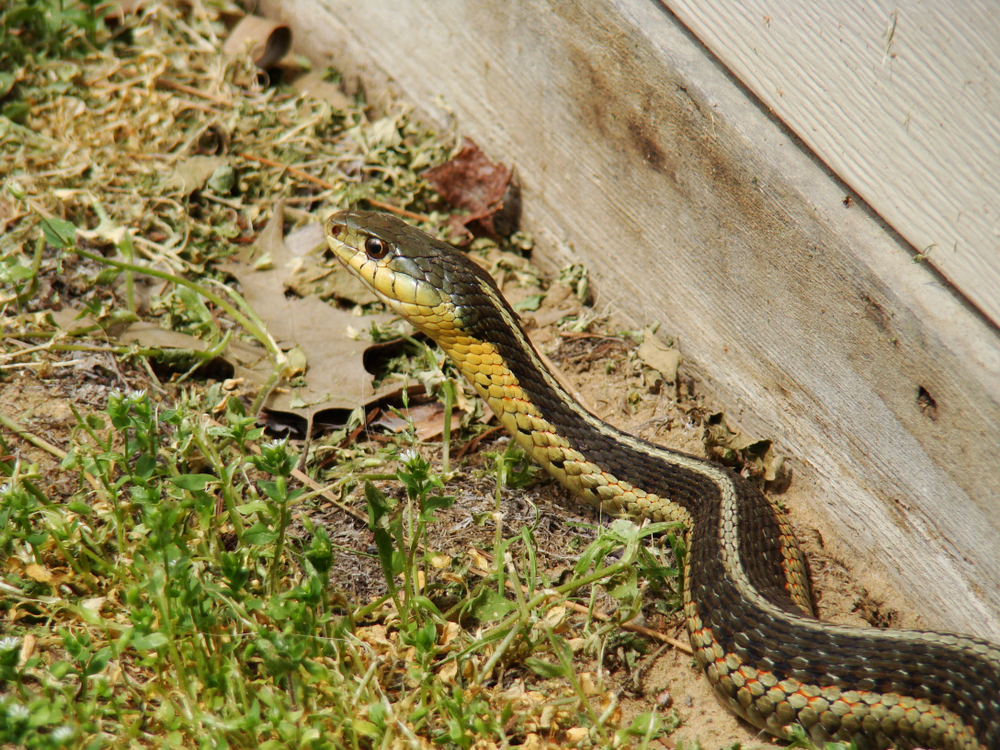
Snakes are typically elusive creatures, keeping to themselves and avoiding human interaction. However, before the 1975 Haicheng earthquake, snakes in the area were seen emerging from their burrows and heading for safer ground. This behavior was unusual, especially during winter when snakes usually hibernate. Their instinct to flee from their safe spots indicated they sensed something dangerous approaching. Snakes can detect subtle changes in temperature and vibrations, which might alert them to upcoming seismic events.
This phenomenon has been observed elsewhere, solidifying the idea that snakes have a unique way of sensing impending danger. While not everyone would think to watch snakes for disaster predictions, their behavior adds to the tapestry of animal instincts worth observing. If you see snakes acting unusually, it might be a sign of environmental changes worth noting. It’s a reminder that the animal world has many stories to tell. We just need to be willing to listen.
10. Bats Taking Flight
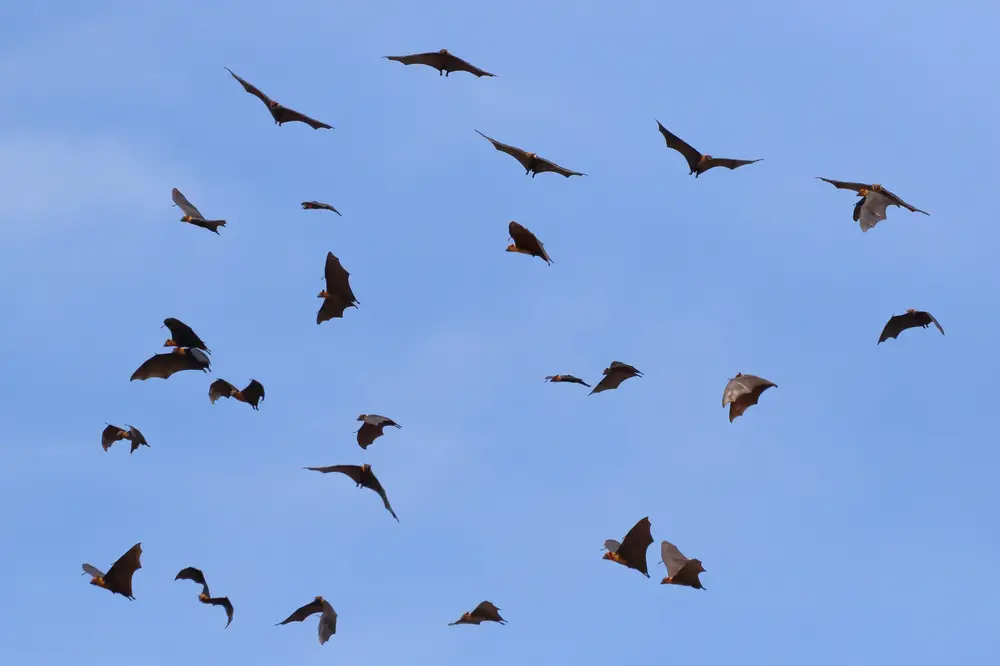
Bats usually avoid daylight and prefer the cover of darkness. However, just before Typhoon Haiyan hit the Philippines in 2013, many locals reported seeing bats flying erratically during the day. This unusual behavior was a sign that the bats sensed the approaching storm. Bats have an acute sense of hearing and can detect changes in the environment that signal imminent danger. Their sudden appearance in daylight hours was a natural warning system that something was coming.
People who noticed this strange behavior might have had an inkling that things were about to change. It’s one more example of how animals can serve as an early warning system for natural disasters. Bats, often misunderstood creatures, have a lot to teach us about environmental changes. Observing their behavior might provide insights that help us better prepare for what’s ahead. Sometimes, nature’s cues are all around us if we’re paying attention.
11. Ants Building Higher Mounds

Ants are industrious creatures, always working to protect their colonies. Before flooding events, such as those observed in parts of South America, ants have been seen building their mounds higher than usual. This behavior suggests they sense imminent rainfall or flooding and are taking steps to protect their homes. Ants have the ability to detect changes in humidity and barometric pressure, which could explain their proactive construction efforts. Their heightened activity serves as a small-scale indicator of larger environmental changes.
By observing ants and their behavior, you might gain a tiny glimpse into potential weather patterns. Their seemingly mundane actions can offer clues about upcoming storms or floods that technology might miss. It’s a testament to how even the smallest creatures play a role in the tapestry of natural disaster prediction. Paying attention to their industrious behavior could provide early warnings of environmental shifts. After all, even the tiniest signals can be significant.
12. Horses Getting Spooked
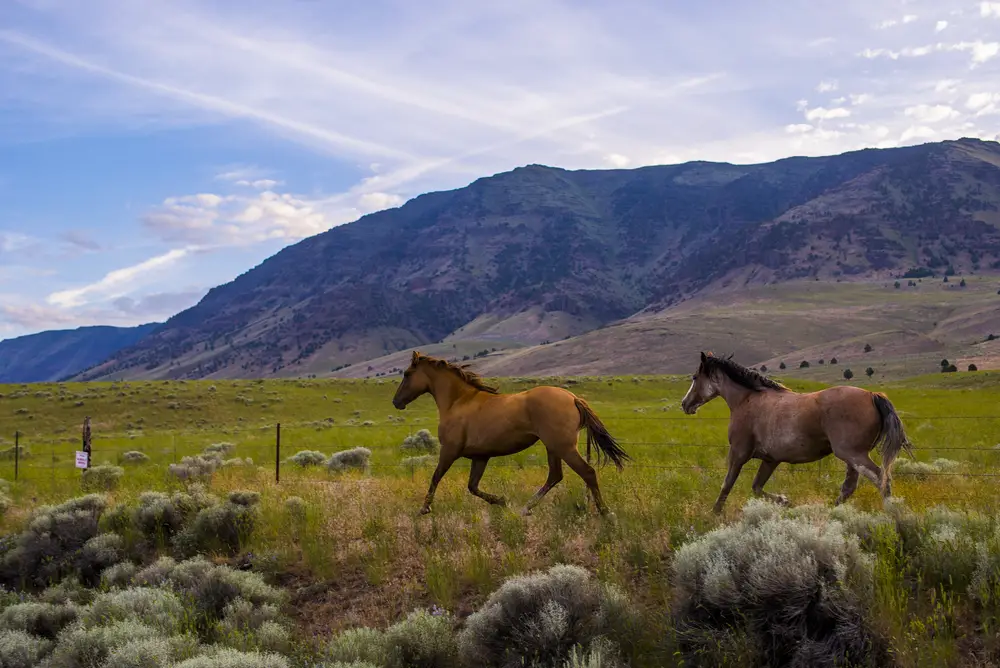
Horses are naturally skittish animals, but sometimes their fear indicates more than a passing shadow. In areas prone to seismic activity, such as California, horses have been known to act anxious and restless before earthquakes. They might refuse to enter certain areas or exhibit signs of distress, like snorting or pawing at the ground. These behaviors suggest that horses, with their acute senses, might detect changes in the environment that precede earthquakes. Their instincts could serve as an early warning system for humans who know what to look for.
People with experience around horses often develop a keen sense of understanding their behavior. Noticing changes in their demeanor can provide insights into environmental shifts. While horses might not communicate directly with us, their actions speak volumes. When they start acting out of character, it’s worth considering what might be causing their distress. Sometimes, their instincts are telling us more than we realize.
13. Frogs Leaving The Area
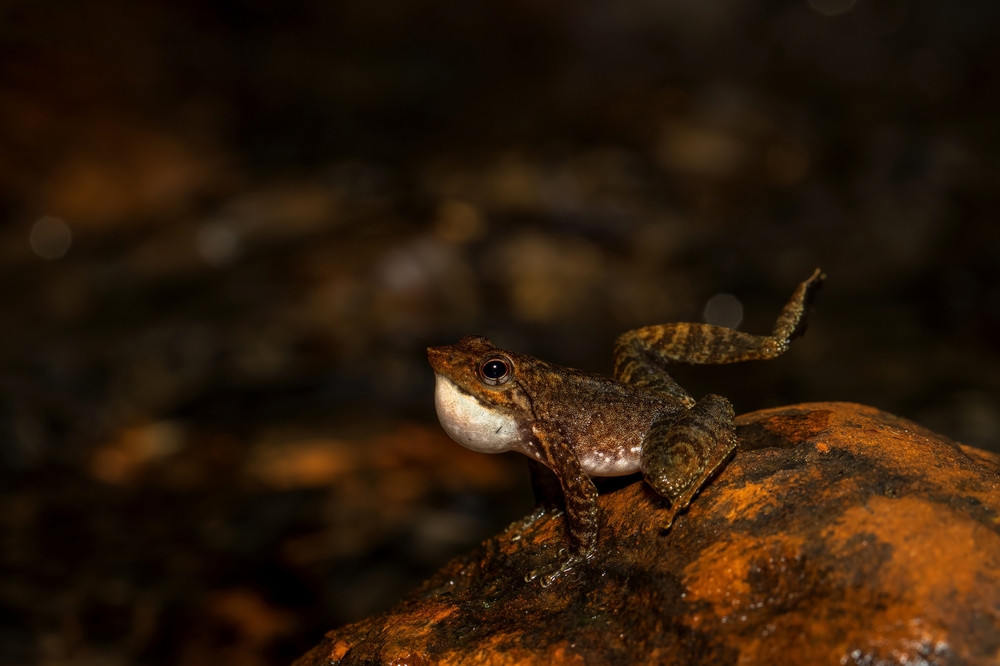
Frogs are usually content to stay near water, but sometimes they take off unexpectedly. Before a 2008 earthquake in Wenchuan, China, locals reported seeing frogs migrating in large numbers away from their usual habitats. This behavior was puzzling, especially since frogs typically stick close to their ponds. Researchers believe that frogs can sense changes in the Earth’s magnetic field, which might explain their decision to move. Their migration was an early indicator that something significant was about to happen.
Observing frogs and their movements can provide clues about upcoming changes in the environment. Their mass exodus was a natural signal that something big was on the horizon in Wenchuan. As with many other animals, frogs have a way of sensing danger that human technology can’t always replicate. The next time you see frogs acting out of the ordinary, it might be worth considering what they know that we don’t. Nature often gives us signs; we just need to be receptive to them.
14. Deer Moving To Higher Ground
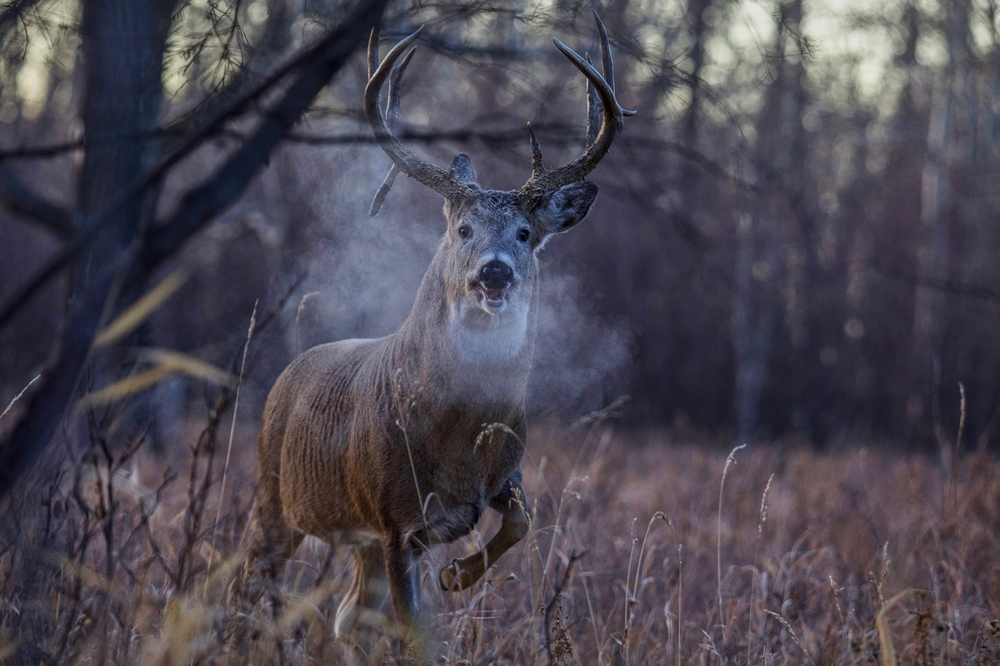
Deer are known for their grace and agility, but sometimes their movements are more than just a beautiful sight. Before the 2018 floods in Kerala, India, locals observed deer moving towards higher ground in larger numbers than usual. This sudden shift in behavior was a sign that the deer sensed changes in their environment that indicated danger. Deer are highly attuned to their surroundings and can detect subtle shifts that might signal impending weather changes. Their migration to safer ground was nature’s way of warning the community.
For those living in rural areas, observing wildlife can offer invaluable insights into environmental changes. Deer moving en masse to higher ground was a natural warning system that something was amiss. It’s a reminder that animals often pick up on cues that we might miss in our busy lives. Paying attention to their behavior can provide an extra layer of awareness about potential natural disasters. In the end, nature often knows best.
